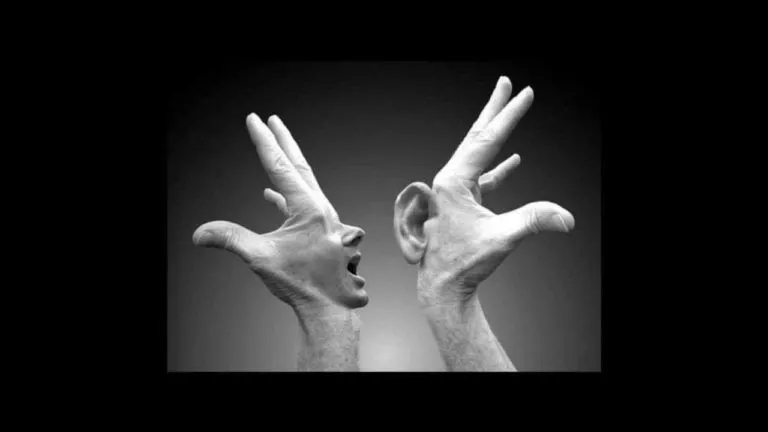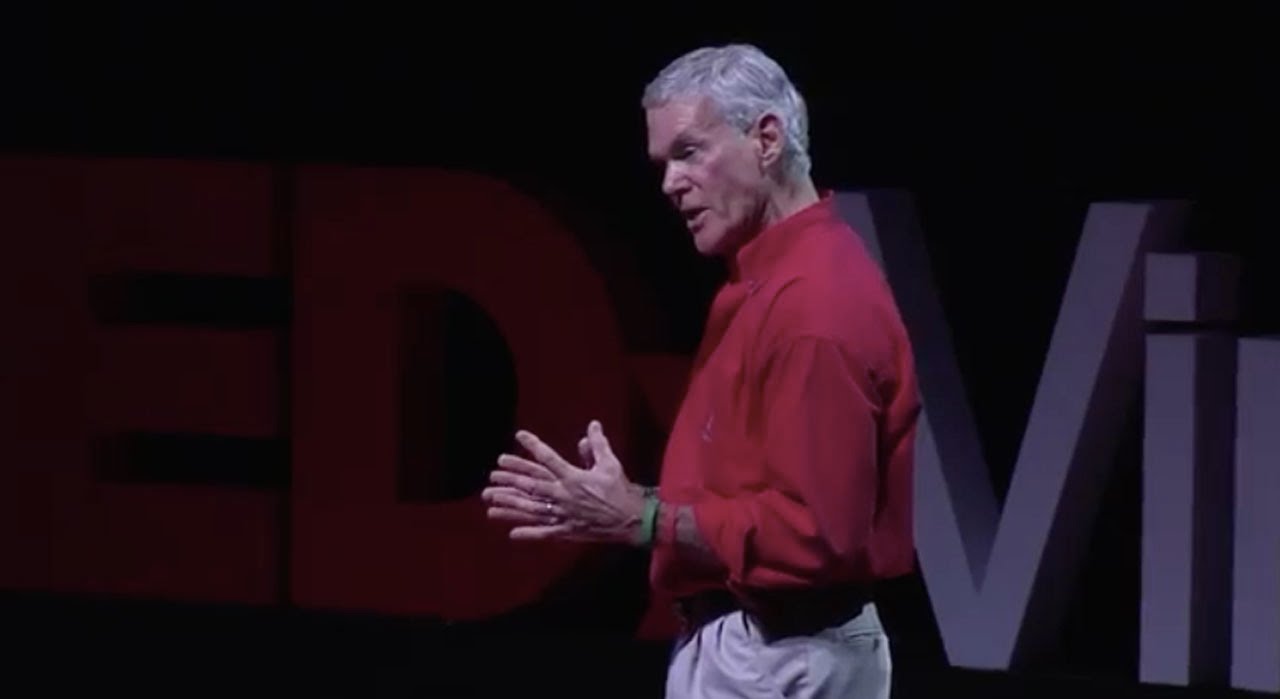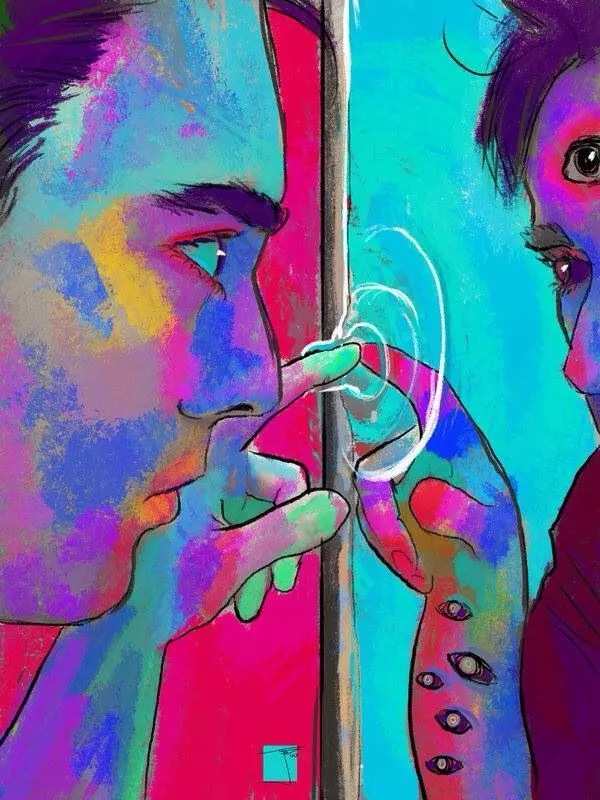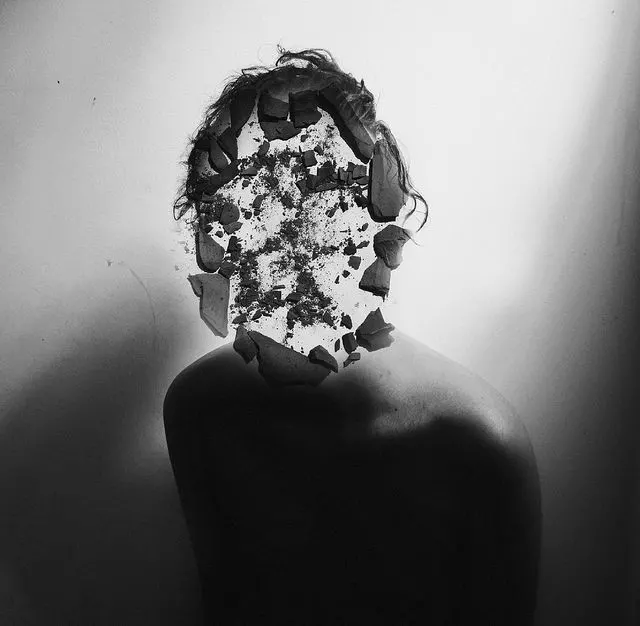“I awoke only to find that the rest of the world was still asleep.” ~ Leonardo Da Vinci
A Rubicon is any bounding or limiting line (comfort zone, mental paradigm, status quo), that seems risky or dangerous, or even impassable. “Crossing the Rubicon” is a metaphor for crossing a point of no return, or deliberately proceeding with a course of action where we know full well that there can be no going back.
To cross the Rubicon means to take an irrevocable step toward a specific goal. When Julius Caesar was about to cross the actual Rubicon, a shallow river in northeast Italy, he was recorded as saying, “Alea iacta est” (the die has been cast), insinuating the inherent risk involved with the feat.
Crossing our own Rubicon is no less risky, but it’s a calculative risk. There comes a point where we can no longer merely exist on the safety of the shore. We must brave the storm of the Rubicon in order to discover the freedom waiting on the other side.
Crossing the existential Rubicon is excruciatingly challenging. There is a kind of spiritual pain involved, a deep soul-ache caused from the shock of losing our innocence. Upon crossing the existential Rubicon, we experience the death of our innocent self and the rebirth of our wise self.
We all experience pain in life –physical, psychological, emotional– but perhaps no pain is greater than waking up only to find that the rest of the world is still asleep. Or waking up only to find that everything we cherished in the time before no longer holds any water.
Or, most painful of all, the realization that the universe is inherently meaningless and that it’s now our responsibility to bring meaning to it, or suffer from nihilism. This kind of existential ache is profound and can easily give rise to a dark night of the soul.
![]() So how do we come to terms with the irrevocability of the individuation that arises from crossing boundaries that have never been crossed before? Where do we turn? Either we cross the Rubicon or the Rubicon crosses us.
So how do we come to terms with the irrevocability of the individuation that arises from crossing boundaries that have never been crossed before? Where do we turn? Either we cross the Rubicon or the Rubicon crosses us.
Like Alan Watts said, “Existence is relationship and you are smack in the middle of it.”
We have a responsibility to our side of the relationship. That responsibility requires a sense of humor of the most high, and the ability to transform wounds into wisdom.
Practicing and cultivating a playful disposition toward life goes a long way toward relieving us of our existential anxiety. Indeed, a sacred sense of humor turns the tables on meaninglessness. It puts things into proper perspective.
Like Robert Frost once quipped: “Forgive, O Lord, my little jokes on Thee, and I’ll forgive Thy great big joke on me.”
Willing ourselves free is not easy. Freedom is not a given. Neither is self-actualization. Both take hard work to maintain, and there’s a huge amount of responsibility in freedom that slaves will never know.
Similarly, self-actualization is not a given. There are complications galore. It takes practice, dedication, and ruthless resolve to maintain. But it is our responsibility, and ours alone, to sustain it.
Like Simone De Beauvoir said, “Setting up the moment of my transcendence requires that I never let it uselessly fall back upon itself, that I prolong it indefinitely.”
We are seized by our own freedom. What we do with this freedom is the greatest responsibility of all.
Like Viktor Frankl once quipped: “I recommend that the Statue of Liberty on the East Coast be supplemented by a Statue of Responsibility on the West Coast.”
He said this because he understood that freedom comes with great responsibility. And so too does our self-actualization.
Crossing the Rubicon is not for the faint of heart. It is a reorganization of the self (mind, body, and soul) which enables us to encounter the world in a new light. How we go about recognizing, embracing, and implementing this new self-reorganization will determine how much fruit we can get out of our own human flourishing.
Essentially, crossing the Rubicon is a stepping stone that leads us to the philosopher’s stone, where our unique wisdom can be cultivated. “By three methods we may learn wisdom:” wrote Confucius, “First, by reflection, which is noblest; second, by imitation, which is easiest; and third, by experience, which is the bitterest.”
Wisdom through experience is a bitter pill indeed. Crossing the existential Rubicon into wakefulness is a double-edged sword. The great thing is that we are awake. Our consciousness is heightened like never before. We’re vibrantly alive and aware of things that before we were insensate to. But there are ramifications to self-actualization. The other side of the sword is extremely humbling.
Our hyper-awareness leads to a spiritual sensitivity that we didn’t have before. We are more vulnerable and open to the harsh slings and arrows of fate. Existential anxiety is prominent. In sacrificing our innocence, we suffer like never before.
But, like Martin Luther King, Jr wrote, “Human progress is neither automatic nor inevitable… Every step toward the goal of justice requires sacrifice, suffering, and struggle; the tireless exertions and passionate concern of dedicated individuals.”
We are those dedicated individuals; otherwise we never would have had the strength to cross our own existential Rubicon in the first place. At the end of the day, crossing the existential Rubicon is just a single step on the hero’s path in the ongoing mytheme of the human leitmotif.
And so we should be humble with such crossing. We may have to cross many Rubicons in our lifetime. In fact, it could be argued that the more Rubicons we face, the more spiritually refined and existentially cultivated we will become, and the deeper the double-edged sword will sink.
The more Rubicons we cross, the more aware we’ll become of exactly how impossible the task of being a wise human being really is. The more we know, the more we realize how much we don’t know. It’s all just a part of the sacred journey, and the journey really is the thing.
Like Ann Druyan said, “No single step in the pursuit of enlightenment should ever be considered sacred; only the search was.”
Image source:















